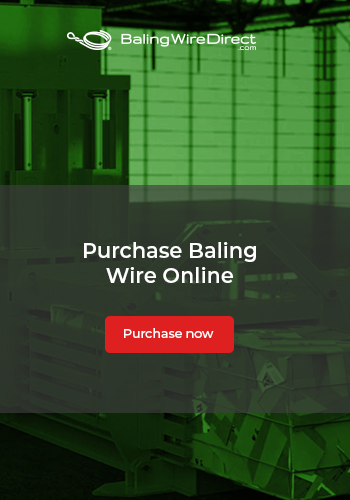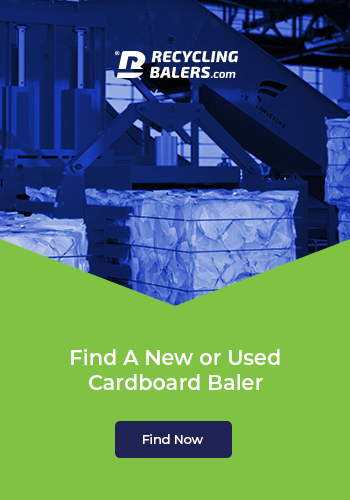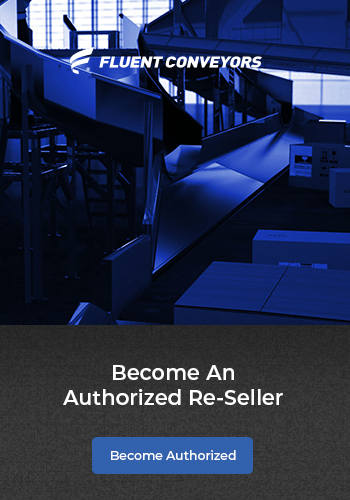Why Are There So Many Different Conveyors?
Even a cursory browse of our online conveyor store will reveal the wide range of conveyors in existence in the present day. From wide-load, high-volume workhorses through to the slimmer, more adaptable models, conveyors have developed to come in all shapes and sizes to fit the modern requirements of business and production lines. In this brief article, we’ll look at the reasons behind the blossoming industry of conveyors, explaining why there are so many different conveyors built and delivered to help automate the workings of the modern-day economy.
Different Loads
Over 100 years ago, conveyors were far simpler devices. Some of the first conveyors were hand-operated and were used to transport goods from docks into sea-faring ships. But as the years progressed, and more goods and materials came to be transported across the world, conveyors had to change. They changed primarily because the loads they were to carry were changing. This meant that a particular mechanism would ultimately power a conveyor that shunts logs felled in forests into trucks, while a different conveyor would work in a specific factory. With more and more use cases and materials carried by conveyor belts, the industry diversified, leaving the range we see today.
Factory Fittings
As you’ll know, if you’re a factory owner or overseer, all factories and facilities are different. Some operate on multiple levels, while others are situated on one floor or in an expansive space. Some factories have very little space for humans on the production line, while others still require dozens of people to help build, clean, or adjust products on their conveyors. The result is a simple one: conveyor belts have had to adjust to the shape and size of the facilities that they’re destined to work in. With so many different facilities across the world, conveyors diversified to fit any and all requirements.
Materials
Another element to a conveyor that tends to be different depending on its use is the materials out of which the belt is constructed. To give two quick examples:The most common material for a conveyor belt is strong rubber. This benefits from having a strong grip and from being durable.
• The most common material for a conveyor belt is strong rubber. This benefits from having a strong grip and from being durable.
• Another common material for belts is chain-linked metal. This is far more durable than rubber, leading to a longer-lasting life.
Angle of Incline
Finally, it’s important to note that some conveyors transport good across a horizontal plane, while others carry them up or down, leaving the belt itself at an angle. These two requirements necessitate very different mechanisms. For instance, all conveyors on an incline will need more power to lift materials, and they’ll also need slats on their belts to prevent materials from falling down the gradient due to gravity. This, again, is another reason why there’s such a wide scope for conveyors in the modern economy.
These four differentiators have helped the conveyor market expand and diversify, leading to many different types of conveyors in the modern world.



